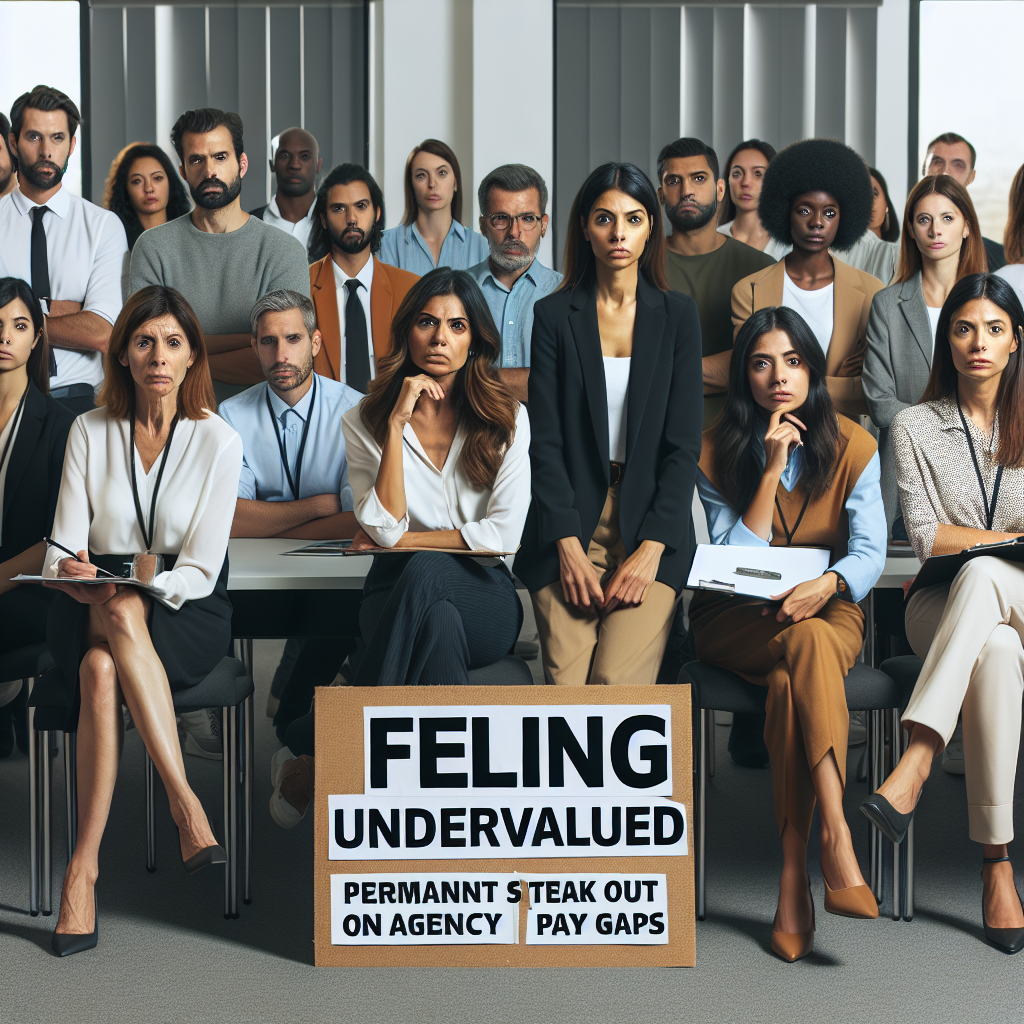New York, NY— In the typically hallowed halls of nursing homes across the country, a brewing discontent among permanent nursing staff has begun to overshadow the caregiving landscape. At the heart of this unrest is a growing issue over pay disparities between permanent staff and agency-employed counterparts, a revelation that throws into sharp relief questions about value, fairness, and the implications for patient care.
A recent survey revealed a staggering statistic, where agency nurses can earn up to 50% more than their permanent counterparts, despite performing the same roles. This glaring wage gap has not only sowed seeds of disquiet among permanent nursing staff but has also raised valid concerns about the long-term sustainability of quality care in nursing homes.
Speaking on the condition of anonymity, a veteran nurse with over a decade of service in a well-established New York nursing home shared, “It feels like a slap in the face, honestly. We’re dealing with the same risks, the same long hours, but somehow, our dedication over the years translates to lesser value. It’s disheartening.”
This sentiment echoes across the board, with many feeling that the disparity in pay inadvertently signals a lack of appreciation for permanent staff, potentially impacting morale, and by extension, patient care. The dangers of a demoralized workforce in an industry that fundamentally relies on empathy, compassion, and dedication cannot be overstated. High turnover rates, a persistent issue in the nursing profession, could see a surge as more permanent nurses reconsider their positions in the face of apparent financial undervaluation.
Moreover, the reliance on agency staff, while offering short-term staffing solutions, raises questions about continuity of care—an essential component in the caregiving process, especially for the elderly. Familiarity and consistency with caregiving personnel are not just preferences; they are critical to the emotional and psychological well-being of nursing home residents.
“It’s not just about the pay; it’s about what the pay represents,” shares Dr. Sarah Kensington, a geriatric care expert. “We are potentially looking at a diluted caregiving model, where the warmth of sustained relationships is replaced by transient, albeit competent, care interactions. This is not the future we envisage for our eldercare.”
Addressing the pay disparities is more than a financial imperative; it is a moral one. As the gap widens, so too does the chasm between administrative policy and the lived reality of those who shoulder the most significant responsibilities in caregiving. Nursing homes, tasked with a duty of care to both their residents and their employees, stand at a critical juncture. The resolution of this disparity could well dictate the future of nursing care in the country, potentially setting a precedence for healthcare sectors far beyond.
As dedicated professionals continue to speak out, the hope is for a renewed dialogue on equitable compensation practices. Only through collective efforts to bridge the pay gap can nursing homes hope to foster an environment where every staff member feels valued, seen, and appropriately compensated for their indispensable contribution to society.


